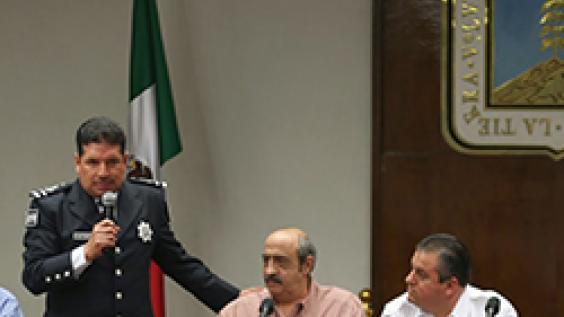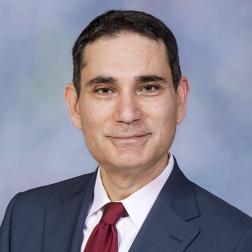Coproduction of Public Safety

Table of Contents
Author(s)
Tags
To access the full research paper, download the PDF on the left-hand sidebar
During some of the most violent years of the so-called “War on Drugs” in Mexico between 2008 and 2012, a major public debate surrounded the role of the government and civil society in the coproduction of public safety. Although President Felipe Calderón defined the problem of public safety primarily as a problem of institutions, he called on citizens to get involved in the creation and implementation of strategies for the production of safety (Calderón 2009, 18). This approach to the issue of public safety not only became a programmatic aspect of the Calderón administration, but also shaped public discourse and eventually policy through a series of government actions. In 2008, Calderón summoned the National Public Safety Council, which included a number of prominent citizen advisors, to analyze public safety issues and create strategies to tackle surging violence. In 2009, Calderón called for unprecedented public dialogues with citizens, including academics, community leaders, and residents from all over the country. Starting with the Salvárcar massacre, a January 2010 shootout at a party in Ciudad Juárez in which 15 people were killed, the Mexican government sought to finance various programs for the recovery of public spaces and social development through citizen-led initiatives such as Todos Somos Juárez, or “We are all Juárez” (Presidency of the Republic 2012). By then, the government already had promoted programs like hotlines for citizens to anonymously communicate useful information and intelligence to law enforcement. In short, in the face of soaring crime rates the government asked citizens to help ensure public safety.



